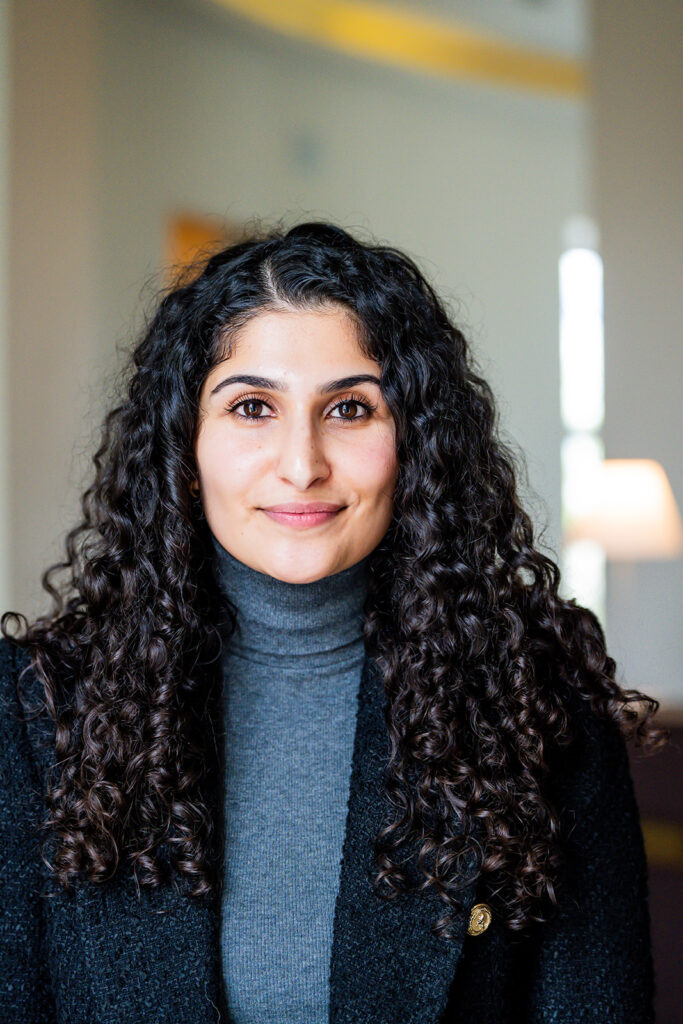De werking van de DBK
De drugbehandelingskamer (hierna ‘DBK’) is een gespecialiseerde kamer die deel uitmaakt van de rechtbank van eerste aanleg, die de mogelijkheid biedt aan een beklaagde om – onder toezicht van de DBK – een traject uit te werken en te volgen met het oog op het behandelen van zijn of haar drugproblematiek, alvorens hij/zij wordt veroordeeld. Wanneer dit traject met succes wordt afgelegd, zal hiermee rekening worden gehouden in het eindvonnis. Zo niet, gaat de drugbehandelingskamer onmiddellijk over tot het vellen van het eindvonnis.
In de DBK zetelen – zoals in een “normale” correctionele kamer – een Voorzitter, een lid van het Openbaar Ministerie en een griffier. De voorzitter en het lid van het Openbaar Ministerie zijn gespecialiseerd in de drugmaterie. Wat de DBK anders maakt is dat de beklaagde geruime tijd wordt begeleid door een justitieassistent, waarmee hij/zij in contact wordt gebracht. Deze justitieassistent ondersteunt en staat de beklaagde bij gedurende de voorbereiding en uitvoering van zijn of haar behandeltraject. Op deze wijze vormt de justitieassistent de brug tussen de rechtbank en (drug)hulpverlening.
De voorwaarden om voor de DBK te kunnen verschijnen
Men kan niet zomaar voor de DBK verschijnen. Enkele toelatingsvoorwaarden zijn:
- de beklaagde moet de ten laste gelegde feiten bekennen;
- de beklaagde dient te erkennen dat er sprake is van een drugproblematiek en dient bereidheid te tonen om er aan te werken;
- elk strafbaar feit veroorzaakt door drug- en of alcoholgebruik komt in aanmerking om door de DBK te worden behandeld. Dit wil zeggen dat de strafbare feiten zich niet zouden hebben voorgedaan zonder de drugproblematiek omdat de verslavingsproblematiek aan de grondslag van de feiten ligt. Het kan dus ook gaan om geweldsdelicten, doch met uitzondering van zedenfeiten en levensdelicten. Let wel, drugverkoop uit winstbejag kan niet door de DBK worden behandeld, tenzij wanneer men dergelijke feiten pleegde om eigen gebruik te financieren;
Hoe wordt een zaak aanhangig gemaakt bij de DBK?
In eerste instantie selecteert het openbaar ministerie de dossiers die voor de DBK kunnen worden behandeld. De procureur des Konings zal hierbij nagaan of de toelatingsvoorwaarden zijn voldaan en of een effectieve bestraffing noodzakelijk is, waarna de beklaagde rechtstreeks wordt gedagvaard om te verschijnen voor de DBK.
Aangezien het niet altijd even eenvoudig is om uit te maken of een dossier voor de DBK kan worden behandeld, voorziet justitie in een correctiemogelijkheid voor beklaagden die voor een andere kamer werden gedagvaard. Zo kan een beklaagde, eventueel via zijn advocaat, op de inleidingszitting van de kamer waarvoor hij werd gedagvaard, een doorverwijzing verzoeken naar de DBK.
Na het horen van de motivatie van de beklaagde en het advies van het Openbaar Ministerie, blijft het de appreciatie van de rechter voor wie de zaak aanhangig werd gemaakt om al dan niet op dit verzoek in te gaan. De rechter zal de zaak onbepaald uitstellen en aan de beklaagde verzoeken om vrijwillig te verschijnen voor de eerstvolgende zitting van de DBK.
De eigenlijke verschijning voor de DBK
De beklaagde dient allereerst te verschijnen op de inleidingszitting, alwaar het Openbaar Ministerie in haar vordering uitlegt waarom de beklaagde voor de DBK werd gedagvaard. Nadien zal de rechter de feiten uitvoerig met de beklaagde bespreken. Op deze zitting wordt gepeild naar de bereidheid van de beklaagde om zich te laten begeleiden. In bevestigend geval verwijst de DBK de beklaagde naar de justitieassistent, die vervolgens samen met de beklaagde een begeleidingsplan zal opstellen, alsook eventueel een maatschappelijke enquête kan uitvoeren
Een maand later volgt de oriëntatiezitting. Op de oriëntatiezitting dient de beklaagde een behandelplan voor te stellen dat hij of zij dient te ondersteunen met de nodige bewijsstukken. Het begeleidingsplan omvat alle levensdomeinen waarin de beklaagde problemen ondervindt (zoals huisvesting, werk of opleiding, administratie, financiële situatie, het vergoeden van eventuele burgerlijke partijen, …). Dit behandeltraject wordt aanvaard of bijgestuurd, waarna het kan aanvangen.
Naderhand volgen diverse opvolgzittingen ter evaluatie van het lopende behandeltraject. De beklaagde zal aan de hand van bewijsstukken moeten aantonen dat hij of zij de nodige engagementen heeft geleverd en tussentijds rapporteren. De procureur des Konings zal de beklaagde motiveren om het behandeltraject positief verder te zetten, dan wel wijzen op de ernst van de feiten, de mogelijke bestraffing en het belang van het verder gemotiveerd volgen van het behandeltraject, wanneer het spaak zou lopen.
Als een ongemotiveerde of manifest onwillige houding van de beklaagde zou blijven aanhouden, zal meteen tot een eindzitting worden overgegaan en door de DBK een vonnis worden geveld.
Nadat de beklaagde een succesvol behandeltraject heeft afgelegd, wordt de eindzitting georganiseerd, alwaar de zaak ten gronde wordt behandeld. In de beoordeling van de zaak wordt rekening gehouden met dit traject. Zo zal de DBK in plaats van een effectieve bestraffing, bijvoorbeeld een probatiemaatregel kunnen opleggen conform dewelke de beklaagde gedurende een bepaalde termijn verdere voorwaarden dient na te leven.
Het zou o.i. bijzonder wenselijk zijn om een dergelijke DBK binnen elke rechtbank van eerste aanleg te organiseren, gelet op het doel dat ze vooropstelt. De werking van de DBK vermindert aantoonbaar en aanzienlijk het recidiverisico doordat ze het individu doorverwijst naar de hulpverlening in plaats van hem of haar effectief te bestraffen. In dergelijke procedure ligt de focus op de persoon en een grondige aanpak van de problematiek, terwijl bestraffing wordt ingezet als ultimum remedium.
